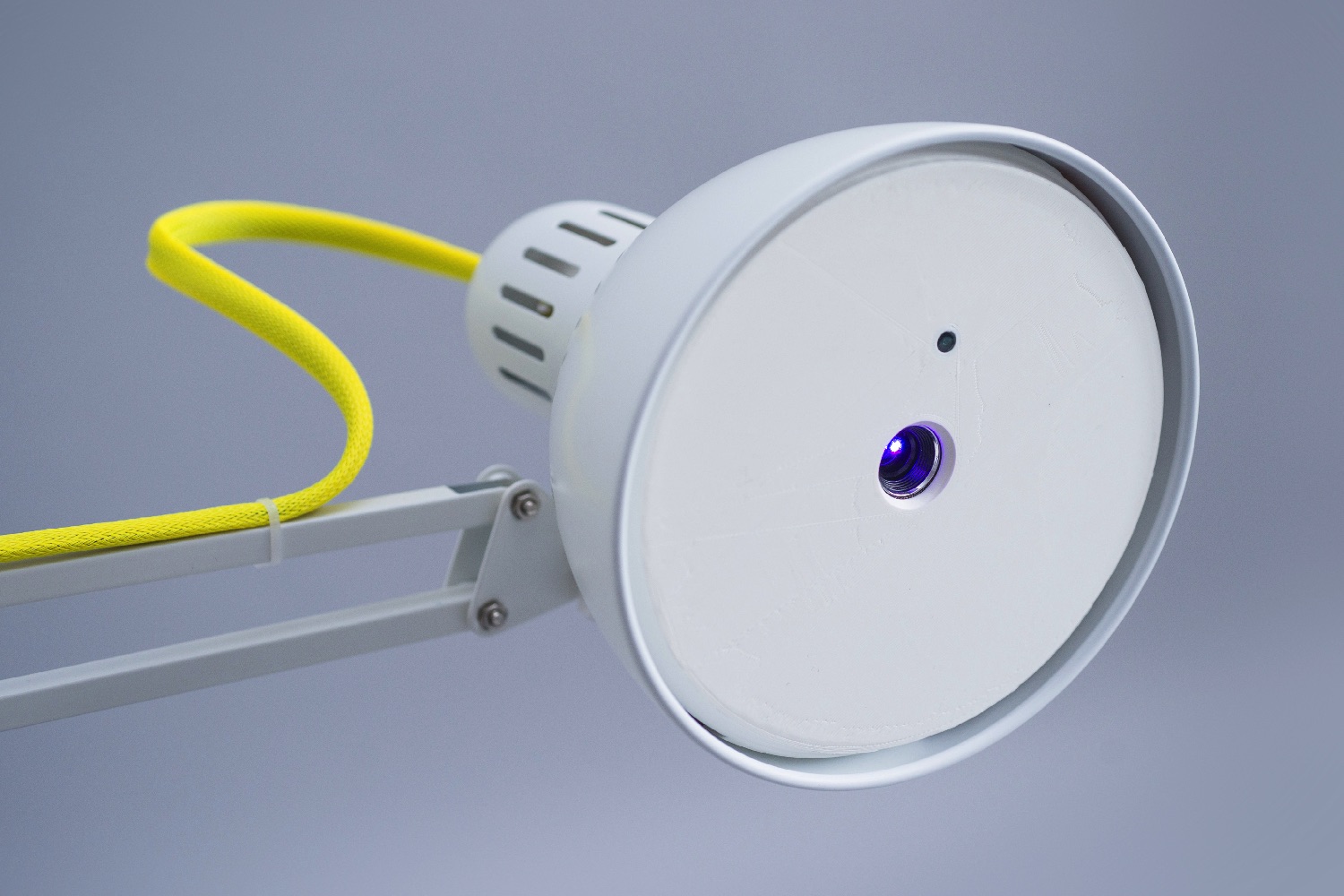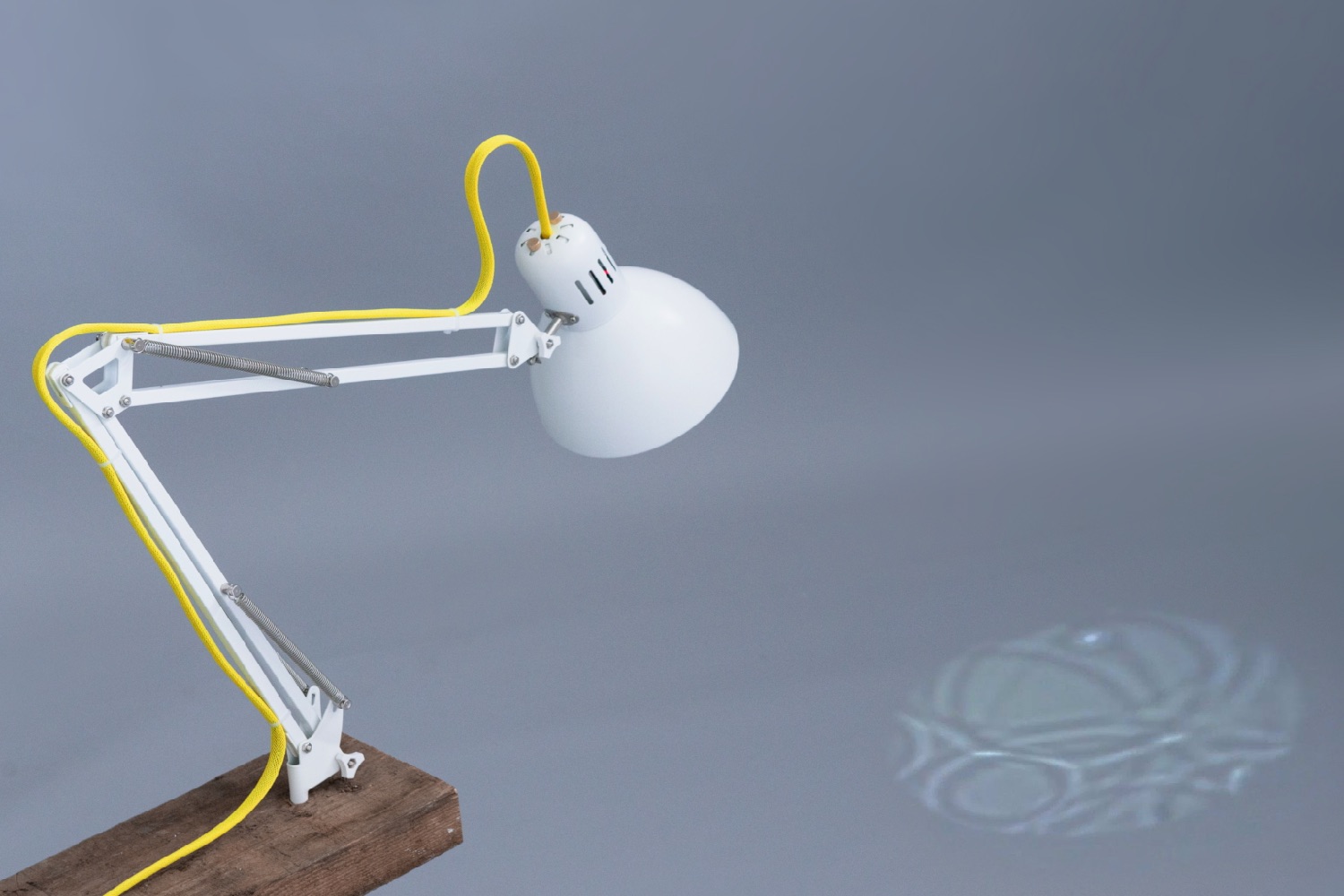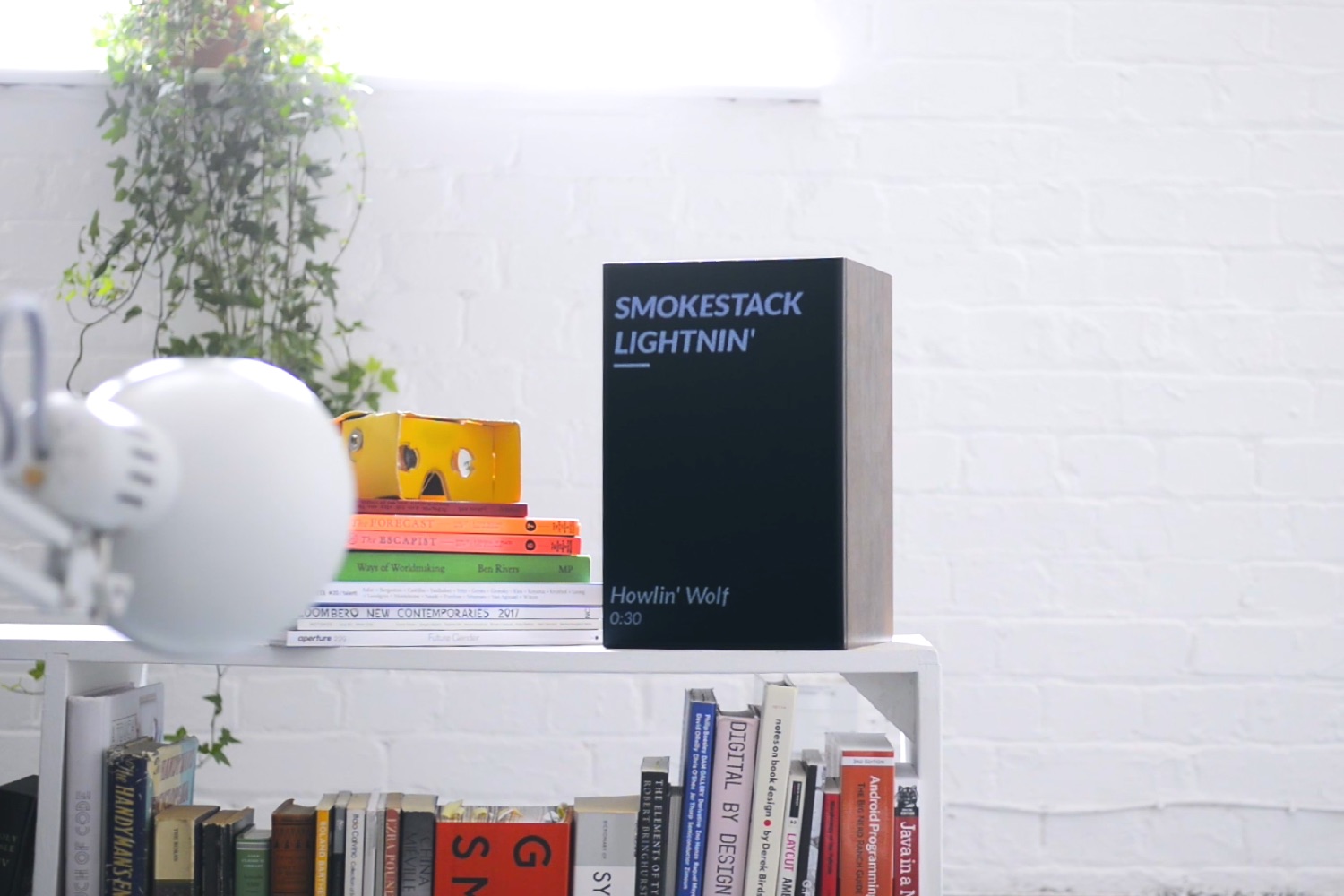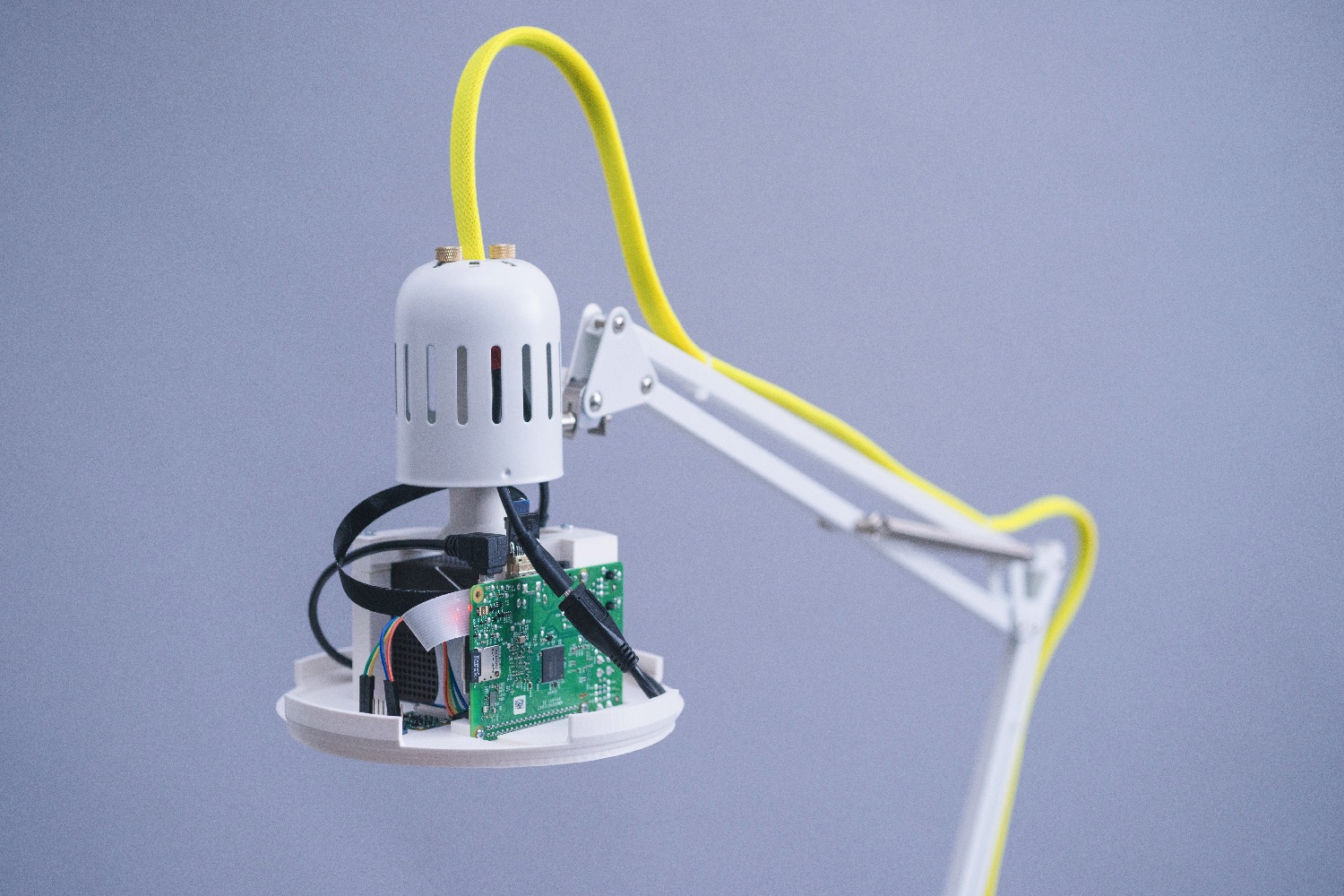Do you have access to an Ikea lamp, a 3D printer, a few electronics components, and a bit of free time? If so, you could hack together a pretty awesome creation — a nifty user interface projector that’s bound to enliven any home. Combining a lamp, laser projector, and Google’s Internet of Things software platform, Android Things, the smart “Lantern” projector can be used to create a range of augmented UI elements. For example, you could use it to create an augmented clock where your appointments are overlaid around a real-world clock. And that’s just for starters!
“Using the companion app for Lantern, anyone can assign ‘channels’ to display information to their choice of orientation,” Michael DelGaudio — a product design lead at Google, whose job is to envision and design products related to our connected future — told Digital Trends. “As of now, we have built a calendar overlay for a clock, a ‘currently playing’ song [status] to project onto a speaker, a star chart for the ceiling, and ambient weather for your desk. Anyone can create a channel for themselves, and we are excited to see what people will come up with.”
There’s plenty of buzz around augmented reality technology right now. For the most part, this has focused on use cases in which users are asked to view the world through their smartphone or tablet display in order to see the augmented elements. This project is different, since the augmented interface is actually projected onto the world in front of you, something referred to as “mixed reality.” At present, this is predominantly a fun home hack, but long term, team members are serious when they suggest it could be an alternative to our regular screens, giving us a user interfacethath appears when we need it and fades away when we don’t.
“The team wanted to explore the relation between augmented reality and everyday objects,” DelGaudio saidd. “We started by sketching possible containers that a projector might sit inside while in a home. A lamp is a natural fit because it is movable and already projects light. From there, the team iterated on various housing configurations and interaction design for assigning content, using the physical form.”
If you’d like to build your own Lantern, step-by-step instructions can be found on the website Hackster.io. If you’re wondering how to spend your weekend and fancy picking up a few new skills in the process, there are worse things to do than check out what could possibly be the computer interface of the future.







